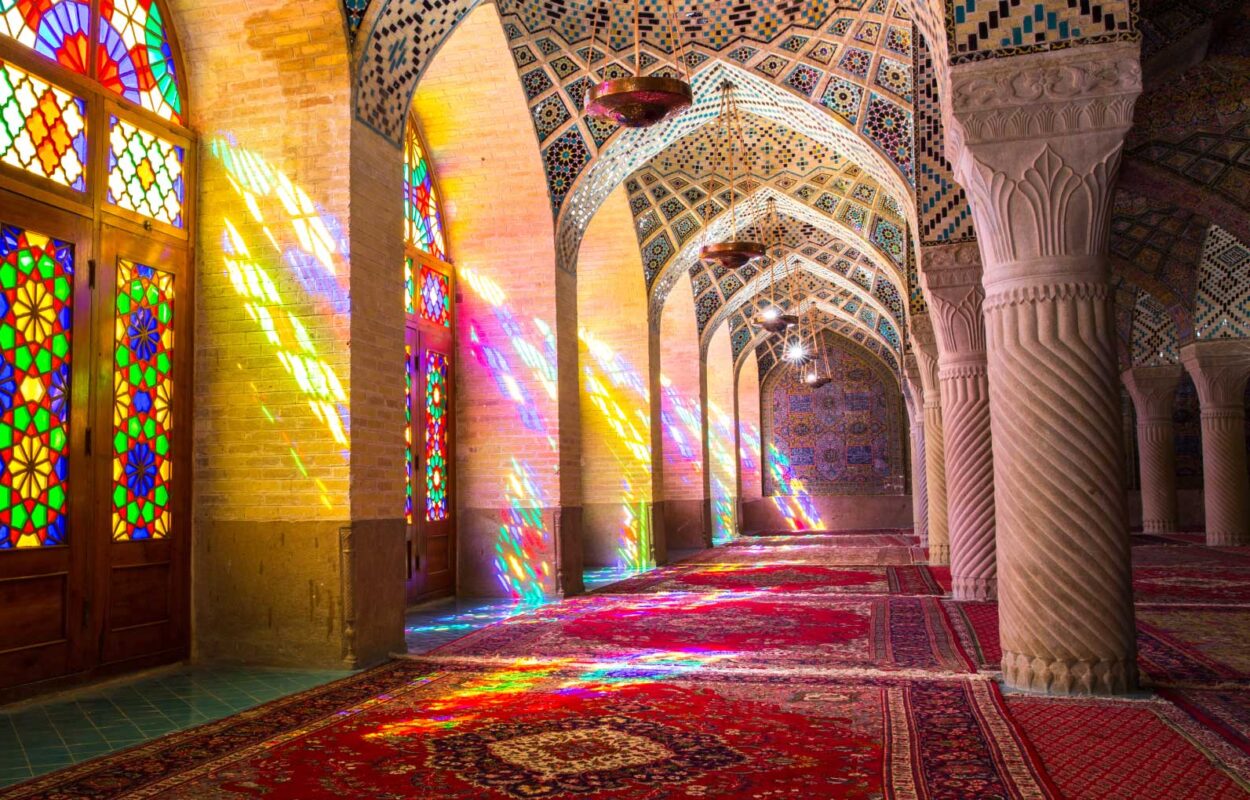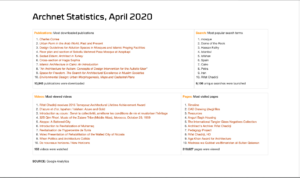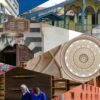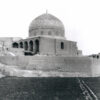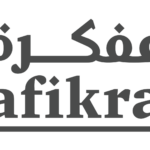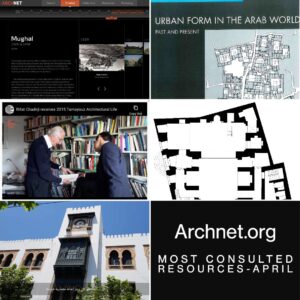 In 2003 Archnet went online with the goal of facilitating teaching, scholarship, and professional work of high quality by providing provide ready access to unique, high quality, visual and textual resources on the built environment, particularly that of Muslim societies and the wider developing world. 17 years later, that mission is proving more important than ever, as a global pandemic is keeping more than 90% of the world’s students away from their educational institutions. From elementary school to post-graduate education, people are teaching, studying, and researching remotely.
In 2003 Archnet went online with the goal of facilitating teaching, scholarship, and professional work of high quality by providing provide ready access to unique, high quality, visual and textual resources on the built environment, particularly that of Muslim societies and the wider developing world. 17 years later, that mission is proving more important than ever, as a global pandemic is keeping more than 90% of the world’s students away from their educational institutions. From elementary school to post-graduate education, people are teaching, studying, and researching remotely.
We are gratified to know that Archnet seems to be helping some people in that situation. In April, the total number of page views increased by 17% over the March, and 20% over April 2019, as people began to take advantage of more than 140,000 published images, sites, authority records, videos, publications, and files freely available on Archnet. Much of this material is difficult, if not impossible, to find elsewhere.
Nearly 11,000 publications were downloaded, compared with just over 7,500 last month. A volume on the renowned Indian architect Charles Correa and Stefano Bianca‘s Urban Form in the Arab World competed for the position of most downloaded publication.
Sadly, the April 10 passing of the influential Modernist architect Rifat Chadirji also brought many visitors to both his architectural and photographic archives on Archnet. Chadirji donated these collections to the Aga Khan Documentation Center in 2017. The photographic archive also includes photographs by Kamil Chadirji, Rifat’s father and an important politician. Together they are a fascinating window into life in Iraq and Syria over the course of decades. The video of Rifat Chadirji receiving the 2015 Tamayouz Architectural Lifetime Achievement Award and his biography were among the most accessed pages this month.
There has been a significant increase in the use of both Archnet and AKDC social media. More than 12,000 people have liked Archnet’s Facebook page, and 8,000 people have liked the page for the Aga Khan Documentation Center. We don’t have nearly as many followers on Pinterest, yet more users come to Archnet from there than any other social media platform.
Indeed, almost as many came to Archnet from social media as they did from direct referrals. This is unusual, but even more unusual were the sites that referred the most users. They were not universities or Wikipedia, as is usually the case, but the Turkish-language platform EksiSeyler, the British newspaper The Guardian.
In response to the COVID-19 closures, we have prioritized making material available that can be used for remote teaching or studying the built environment and its cultural significance, with 1,303 records published on Archnet since the beginning of 2020. This includes video from our first online lecture series in French, Servir la collectivité, améliorer les conditions de vie et revaloriser l’héritage, 7 lectures by the Tunisian professor Zoubëir Mouhli. This is the latest project of the Aga Khan Trust for Culture Education Programme to be featured on Archnet.
Finally, we are happy to announce that all 70 hours of Moroccan music from the Library of Congress collection recorded by Paul Bowles are now available on Archnet. This project has taken more about 7 years, but was recently given a boost by AKDCs videographer Parker Halliday. She has also edited additional video from Michael Kubo’s 2015 interview with Iraqi architect Hisham Munir.
